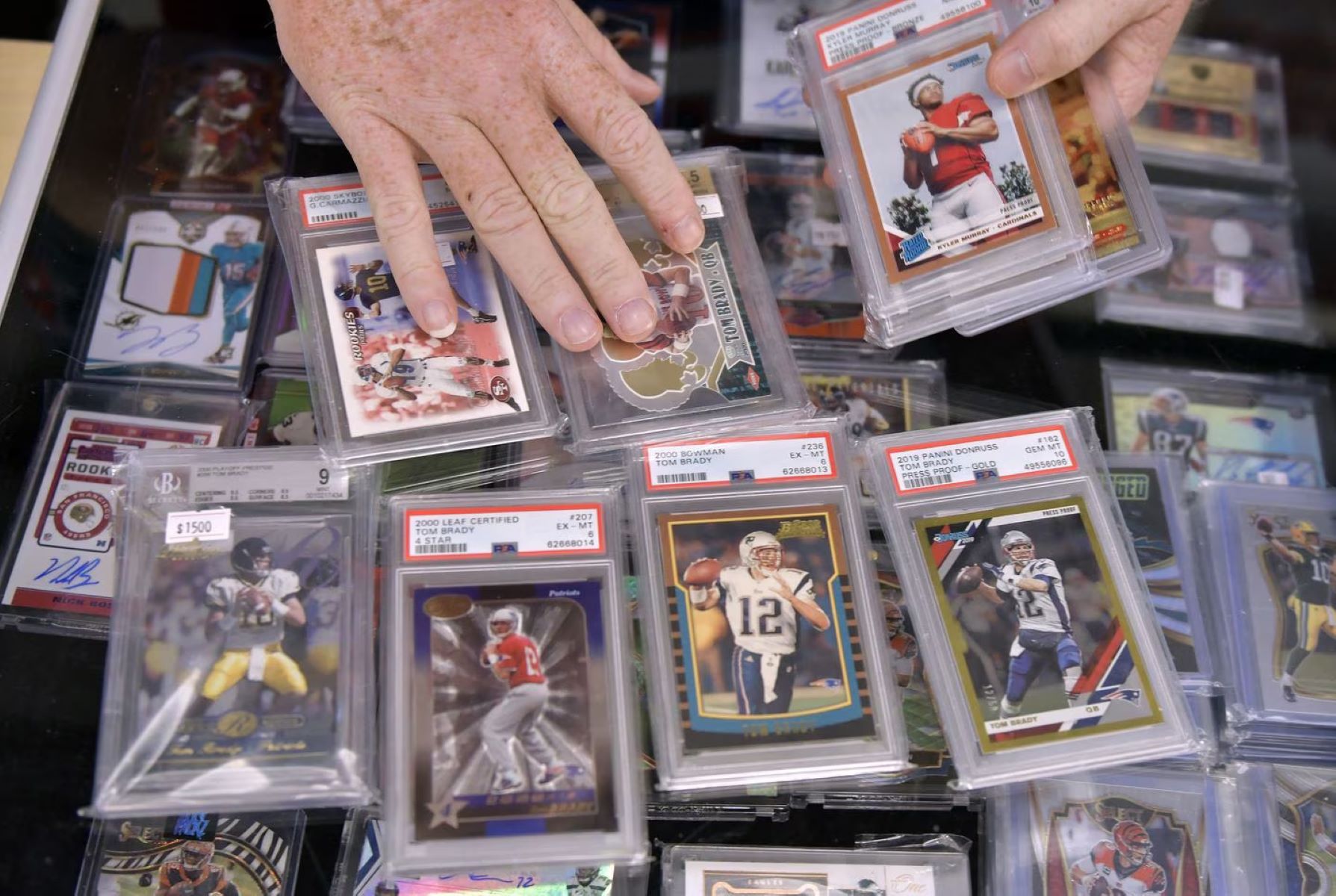

Articles
How To Store Sports Cards
Modified: January 18, 2024
Discover helpful articles on how to store sports cards, including tips on organizing, protecting, and preserving your valuable sports card collection.
(Many of the links in this article redirect to a specific reviewed product. Your purchase of these products through affiliate links helps to generate commission for Storables.com, at no extra cost. Learn more)
Introduction
Welcome to the world of sports card collecting! Whether you are a seasoned collector or just getting started, one of the most crucial aspects of building a reputable sports card collection is proper storage. Sports cards are delicate and valuable items that require special care to protect their condition and value over time.
In this article, we will explore the importance of proper storage for sports cards and discuss the different types of storage options available. From sleeves and toploaders to card holders and binders, we will guide you on the best ways to keep your sports cards safe and well-preserved. Additionally, we will provide tips for storing graded cards, which have been professionally authenticated and graded for their condition.
So, let’s dive in and discover how you can ensure the longevity and integrity of your beloved sports card collection.
Key Takeaways:
- Proper storage is crucial for preserving sports card condition, maintaining value, showcasing collections, and protecting against accidental damage. Invest in the right storage methods to ensure longevity and value.
- Utilize sleeves, toploaders, holders, binders, cases, and boxes to safeguard sports card collections. Follow additional tips for controlled environment, archival materials, sunlight protection, organization, inspection, and insurance coverage.
Read more: How To Store Card Games
Importance of Proper Storage
Proper storage is essential for protecting the condition and value of your sports card collection. Here’s why it matters:
- Preserving Card Condition: Sports cards are vulnerable to damage from various elements such as moisture, sunlight, dust, and physical handling. Proper storage methods help minimize these risks and preserve the card’s condition, including its corners, edges, and surface.
- Maintaining Value: Well-preserved sports cards tend to have higher value in the collecting market. This is especially true for rookie cards, autographed cards, and cards featuring high-profile athletes. By properly storing your cards, you safeguard their value and potential for future appreciation.
- Showcasing Your Collection: If you enjoy displaying and sharing your sports card collection, proper storage ensures that your cards look their best. It allows you to present them in organized and visually appealing ways, whether it’s in a display case, a binder, or a special exhibit.
- Protecting Against Accidental Damage: When cards are not stored properly, they are more susceptible to accidental damage such as bending, creasing, or tearing. By using appropriate storage solutions, you minimize the risk of mishaps and keep your cards safe from potential harm.
With these points in mind, it’s clear that proper storage is an integral part of sports card collecting. By investing in the right storage methods, you can ensure the longevity of your collection and maintain its value over time.
Types of Sports Card Storage
When it comes to storing sports cards, there are several options available to choose from. Here are some of the most common types of sports card storage:
- Sleeves and Toploaders: Sleeves and toploaders are the most basic form of protection for individual cards. Sleeves, often made of polypropylene, provide a thin layer of protection and are designed to fit snugly around the card. Toploaders are rigid plastic holders that provide additional protection against bending and creasing. These can be used for valuable or frequently handled cards.
- Card Holders and Binders: Card holders, such as screw-down holders and one-touch magnetic cases, offer a higher level of protection. These holders enclose the card between rigid plastic surfaces, ensuring that it remains secure and well-protected. Binders with plastic pages are another popular option, enabling you to organize and display your collection with ease.
- Card Cases and Boxes: For larger collections or bulk storage, card cases and boxes are ideal. Card cases are durable storage containers specifically designed to hold sports cards. They often have compartments or dividers to keep cards organized and protected. Card boxes are similar but larger, accommodating a larger number of cards.
- Storing Graded Cards: Graded cards, which have been professionally authenticated and assigned a grade based on their condition, require specialized storage. Slabbed holders, made of hard plastic, are designed to protect graded cards. These holders encase the card within a sealed and labeled case to provide optimum protection.
Consider your specific needs, such as the size of your collection, the value of your cards, and your display preferences, when choosing the appropriate storage method. It’s important to select options that provide adequate protection while allowing easy access and display of your cards.
Remember, handling your cards with clean hands, avoiding exposure to extreme temperatures, and storing them in a dry, dust-free environment are also crucial for maintaining their condition, regardless of the storage method used.
Now that we have explored the types of sports card storage available, let’s delve deeper into each option to understand their benefits and how to utilize them effectively.
Sleeves and Toploaders
Sleeves and toploaders are essential tools for protecting individual sports cards. Let’s take a closer look at each option:
Sleeves: Sleeves are thin, transparent plastic holders that provide a basic level of protection for sports cards. They are typically made of polypropylene, which is a sturdy and acid-free material. Sleeves are designed to fit snugly around the card, preventing dust, fingerprints, and minor scratches. They are an inexpensive and easy way to protect your cards.
When using sleeves, it’s important to handle the cards with clean hands to avoid leaving oils or dirt on the card surface. Slide the card into the sleeve carefully, aligning it properly to avoid damage to the edges and corners. Once in the sleeve, the card can be stored in a card holder, binder, or card box.
Toploaders: Toploaders offer a higher level of protection compared to sleeves and are ideal for valuable or frequently handled cards. These rigid plastic holders are designed to prevent bending, creasing, and other physical damage to the card. Toploaders come in different sizes to accommodate various card thicknesses and can be purchased in bulk.
To use a toploader, place the card in the center of the holder, ensuring that it is fully inserted but not too tight. The toploader should provide a firm and secure fit without putting excessive pressure on the card. It’s a good practice to tape the top of the toploader to further secure the card and prevent it from accidentally sliding out.
Both sleeves and toploaders are readily available at hobby shops, online retailers, and collectible conventions. It’s important to choose sleeves and toploaders that are made specifically for sports cards and are free from harmful chemicals that could damage your cards over time.
By using sleeves and toploaders, you can protect the surface of your cards and safeguard them from minor damages and handling wear. They are an excellent solution for individual card protection, allowing you to safely store, handle, and display your cherished sports card collection.
Card Holders and Binders
Card holders and binders are popular options for organizing and displaying sports card collections. Let’s explore the benefits and usage of each:
Card Holders: Card holders come in various forms, including screw-down holders and one-touch magnetic cases. These holders offer enhanced protection for your sports cards, ensuring they remain secure and well-preserved.
Screw-down holders consist of two pieces of plastic that sandwich the card together, with screws or clips holding them in place. This tight seal prevents the card from moving or shifting, protecting it from accidental damage. Screw-down holders are a great choice for valuable cards or ones that require extra security.
One-touch magnetic cases, as the name suggests, utilize a magnetic closure to secure the card within a single-piece plastic holder. They provide easy access to the card while keeping it protected from dust and handling. One-touch cases are preferred by many collectors for their convenience and simplicity.
Binders: Binders are a popular option for organizing and displaying sports card collections. They feature plastic pages with pockets designed to hold individual cards. These pages are usually made from polypropylene or PVC, ensuring the cards are kept safe from moisture and other potential damages.
When using binders, it’s important to choose pages that offer a snug fit, preventing the cards from sliding out or getting damaged. It’s advisable to use binders with D-ring mechanisms, as they allow pages to lay flat and provide better overall support for the cards.
Organize your cards within the binder by sorting them according to player, team, or any other preferred criteria. This helps you easily locate specific cards and creates a visually appealing display. Additionally, using dividers or tabbed pages can enhance organization and make finding cards even more efficient.
Card holders and binders are readily available at hobby shops and online retailers, with a wide range of options to suit various needs and preferences. Select holders and binders made from high-quality materials to ensure the long-term protection and preservation of your sports card collection.
Remember to handle the cards with clean hands when placing them in holders or binders and avoid overcrowding the pages to prevent any unnecessary pressure or bending of the cards.
By utilizing card holders and binders, you can keep your sports card collection organized, protected, and easily accessible for showcasing and enjoyment.
Store sports cards in a cool, dry place to prevent damage from humidity and temperature fluctuations. Use acid-free sleeves, toploaders, and storage boxes to protect the cards from bending and fading.
Read more: How To Store Mtg Cards
Card Cases and Boxes
Card cases and boxes are ideal for storing larger sports card collections or bulk storage. Here’s what you need to know about these storage options:
Card Cases: Card cases are specially designed containers that provide a convenient and secure way to store and transport your sports cards. These cases are typically made of durable materials such as plastic or aluminum, and they often feature padded interiors to protect the cards from damage.
Card cases come in various sizes to accommodate different collection sizes. They may have adjustable dividers or slots that allow you to customize the layout and organization of your cards. Some cases even offer locking mechanisms to ensure the safety and security of your collection.
When using a card case, it’s important to arrange your cards properly to prevent them from moving or shifting during transport. Utilize dividers or other forms of separation to create sections, making it easier to locate specific cards within the case. Remember to handle the cards with clean hands and avoid overcrowding to minimize the risk of accidental damage.
Card Boxes: Card boxes are another popular choice for storing sports card collections. They are larger containers made of rigid materials like cardboard or plastic. Card boxes come in various sizes to accommodate different quantities of cards, ranging from a few hundred to several thousand cards.
Card boxes are designed with multiple rows and columns to help keep your cards organized. Additionally, some boxes come with dividers or index tabs that allow you to categorize and sort your collection based on specific criteria such as sport, year, or team. This makes it easier to find specific cards when browsing through your collection.
When using a card box, be sure to handle your cards with care and avoid bending or creasing them while placing them in the box. It’s advisable to use card sleeves or toploaders to provide additional protection for individual cards within the box.
Card cases and boxes can be found at hobby shops and online retailers, with a wide range of options to suit different collection sizes and preferences. Consider factors such as mobility, storage space, and collection size when selecting the appropriate option for your needs.
By utilizing card cases and boxes, you can safely store and organize your sports card collection while minimizing the risk of damage during transport or storage. These solutions offer a practical and efficient way to keep your cards in optimal condition for years to come.
Storing Graded Cards
Graded cards, which have been professionally authenticated and assigned a grade based on their condition, require specialized storage to ensure their protection and preservation. Here’s how you can store graded cards:
Slabbed Holders: Graded cards are typically encapsulated in slabbed holders, also known as graded card cases. These holders are made of hard plastic and are specifically designed to encase and protect graded cards. The case is sealed to prevent the card from being tampered with and is often labeled with important information such as the card’s grade, certification number, and other details.
The hard plastic casing provides excellent protection against physical damage, moisture, and dust. It keeps the graded card securely in place while allowing for easy visibility and display. The slabbed holders are uniform in size, making it convenient to store or display graded cards uniformly on shelves or in cases.
When storing slabbed holders, it’s important to keep them in a cool and dry environment to prevent any potential damage from humidity. Avoid placing heavy objects on top of the holders to prevent any unnecessary pressure or potential cracking.
Additionally, it’s advisable to handle graded cards with clean hands and avoid touching the plastic casing directly to minimize the risk of fingerprints or smudges. Using soft microfiber cloth or gloves when handling these holders can further protect the surfaces from any potential scratching or other damage.
Graded cards are precious and valuable items, and protecting their condition is of utmost importance. By utilizing slabbed holders designed specifically for graded cards, you can ensure the long-term integrity and preservation of your prized graded card collection.
It’s important to note that slabbed holders come in different sizes to accommodate different card thicknesses and grading companies. Ensure that you choose the appropriate size and style of holder that matches your graded cards and their respective grading company.
By following these guidelines, you can keep your graded card collection safe, secure, and well-preserved, allowing you to enjoy their beauty and value for years to come.
Additional Tips for Card Storage
Aside from the specific storage methods mentioned earlier, here are some additional tips for effectively storing your sports card collection:
- Keep Cards in a Controlled Environment: It’s important to store your cards in a controlled environment with stable temperature and humidity levels. Extreme heat, cold, or moisture can damage the cards and affect their condition. Aim for a temperature between 60-70°F (15-21°C) and a relative humidity between 35-50%.
- Use Acid-Free and Archival-Safe Materials: When selecting sleeves, toploaders, holders, and boxes, choose materials that are acid-free and archival-safe. Acidic materials can deteriorate the cards over time, causing discoloration and damage. Archival-safe materials ensure the long-term preservation of your collection.
- Avoid Direct Sunlight: Exposure to direct sunlight can fade the colors of sports cards and potentially damage the card stock. Store your cards in a location away from direct sunlight, or use UV-protected sleeves or display cases to prevent any harmful effects from sun exposure.
- Organize and Catalog Your Collection: Maintaining an organized inventory or catalog of your sports card collection can make it easier to track and manage your cards. Consider using a spreadsheet, a card inventory software, or online collection management tools to keep a record of your cards, including key information like card details, condition, and estimated value.
- Regularly Inspect Your Collection: Take the time to inspect your sports card collection periodically. Check for any signs of damage, such as bent corners, creases, or discoloration. Detecting issues early allows you to address them promptly and potentially prevent further damage or reduce the impact on the card’s value.
- Consider Insurance Coverage: If your collection holds significant value, it may be worth considering insuring it against loss, theft, or damage. Contact your insurance provider to inquire about coverage options for your sports card collection. Make sure to document and provide evidence of the value of your cards, such as appraisals or sales records.
By following these additional tips and incorporating them into your card storage routine, you can enhance the preservation, organization, and overall enjoyment of your sports card collection.
Conclusion
Proper storage is essential for maintaining the condition, value, and longevity of your sports card collection. Whether you’re a casual collector or a seasoned enthusiast, implementing effective storage methods ensures that your cards remain protected and well-preserved for years to come.
In this article, we explored the importance of proper storage for sports cards and discussed various storage options available to collectors. From sleeves and toploaders to card holders and binders, each storage method offers its own benefits and caters to different collection sizes and preferences.
We also discussed the specialized storage needs of graded cards and the significance of using slabbed holders to safeguard their condition and value.
Alongside the specific storage methods, we provided additional tips to enhance the overall care and preservation of your sports card collection. Factors such as maintaining a controlled environment, using acid-free and archival-safe materials, avoiding direct sunlight, organizing and cataloging your collection, regularly inspecting your cards, and considering insurance coverage can all contribute to a well-maintained and secure collection.
Remember, the love and passion for sports card collecting go hand in hand with responsible ownership and meticulous storage practices. By implementing these storage techniques and caring for your cards, you will ensure their continued beauty, value, and enjoyment.
So, whether you’re displaying your cards proudly or keeping them safely tucked away, invest in the proper storage solutions and make preserving your sports card collection a priority. Your cards will thank you, and future generations of collectors will continue to admire the legacy you’ve built.
Frequently Asked Questions about How To Store Sports Cards
Was this page helpful?
At Storables.com, we guarantee accurate and reliable information. Our content, validated by Expert Board Contributors, is crafted following stringent Editorial Policies. We're committed to providing you with well-researched, expert-backed insights for all your informational needs.



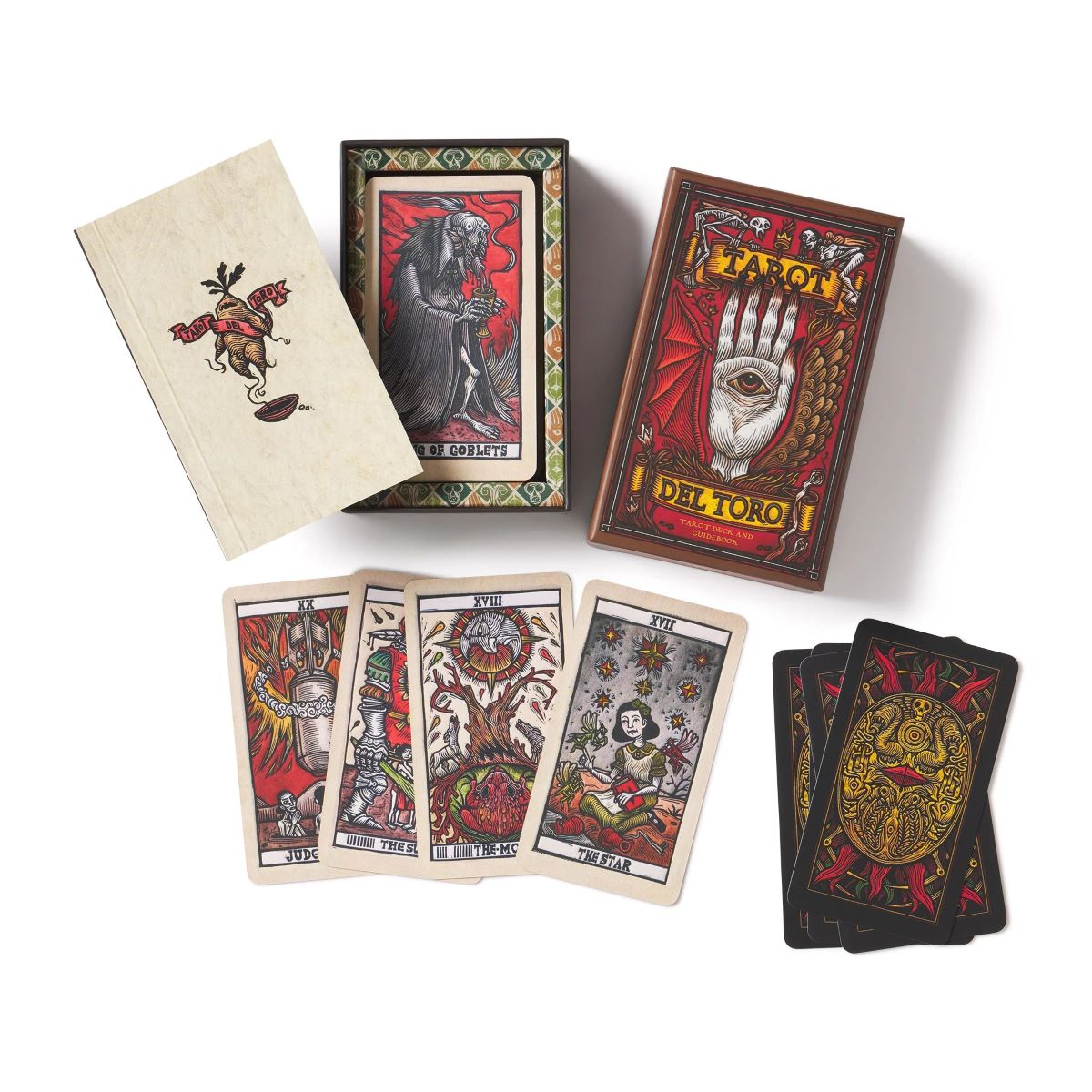
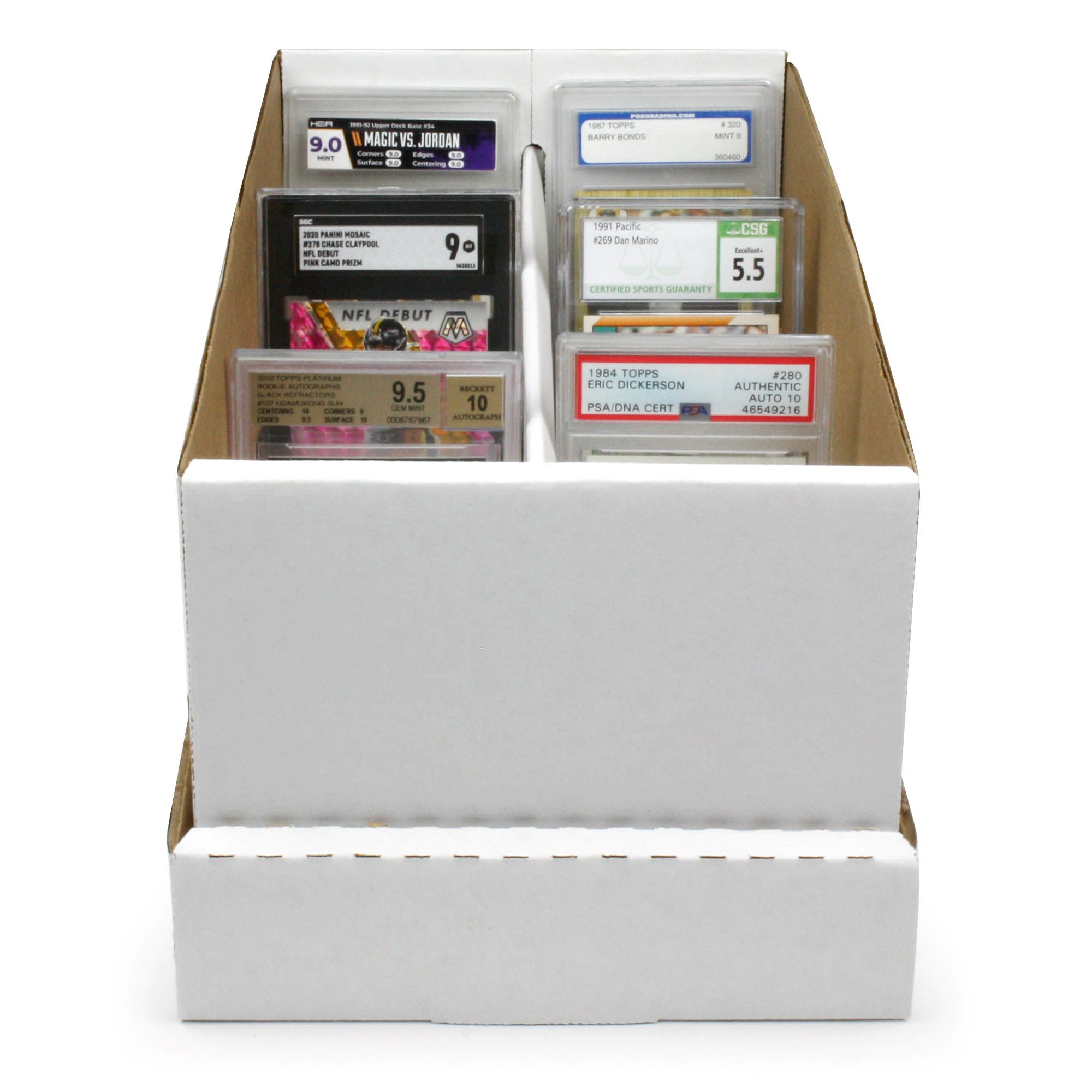
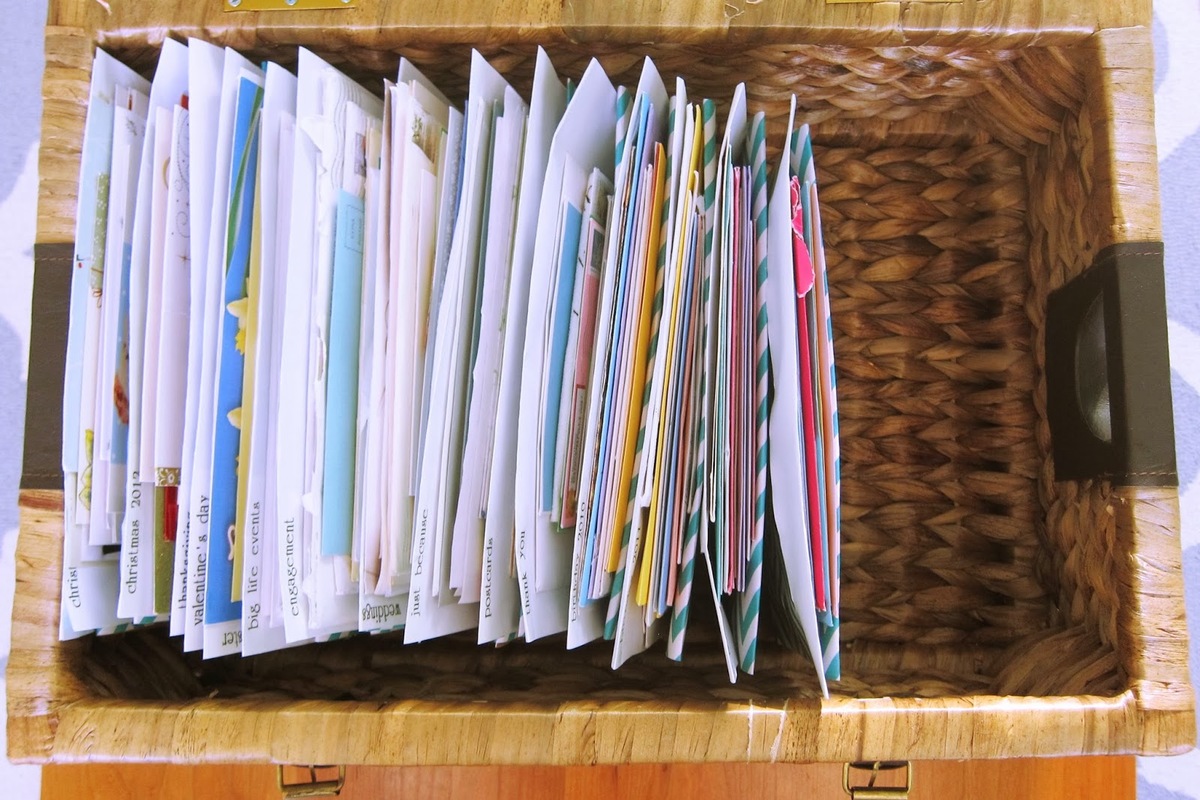
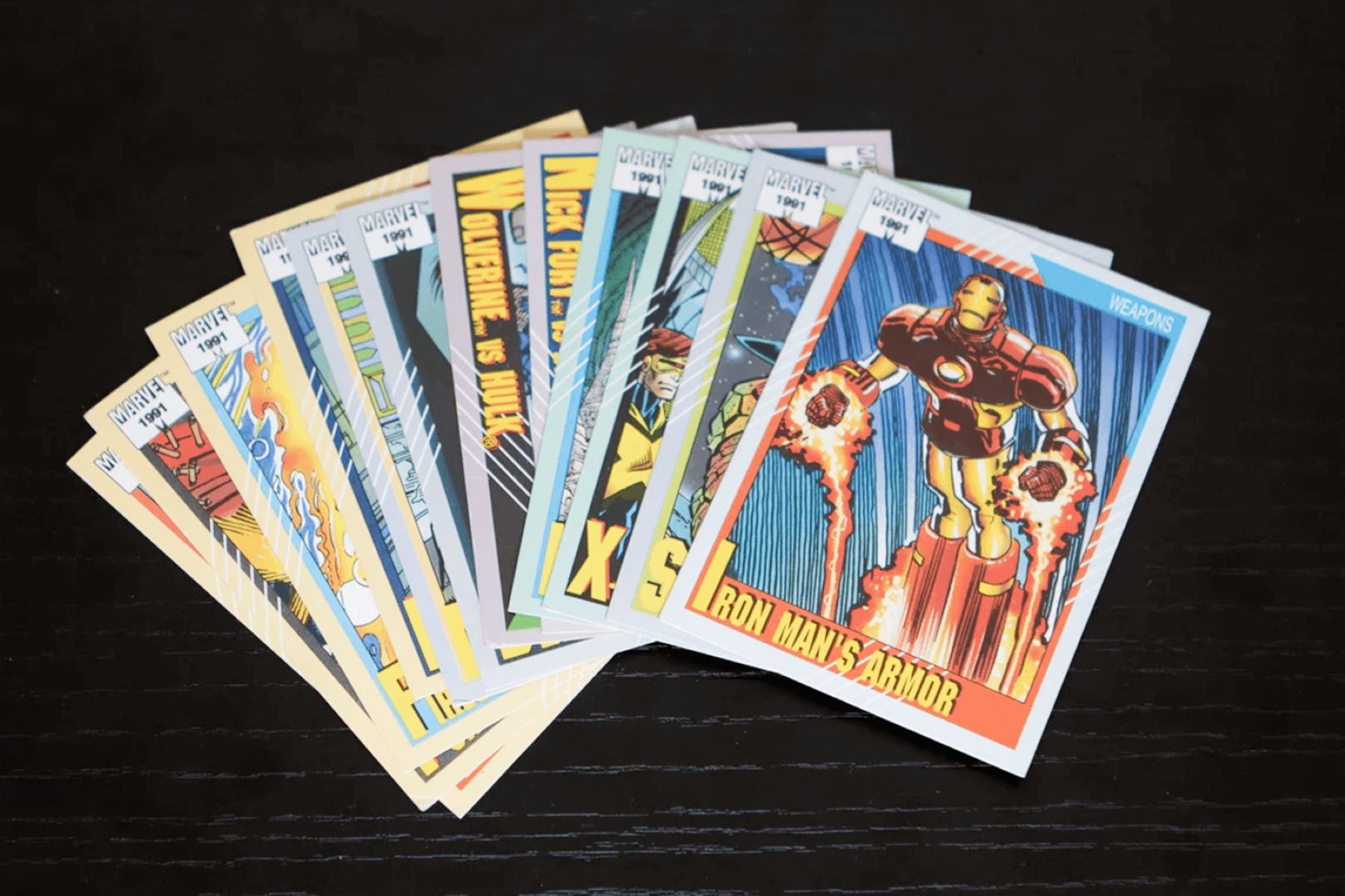

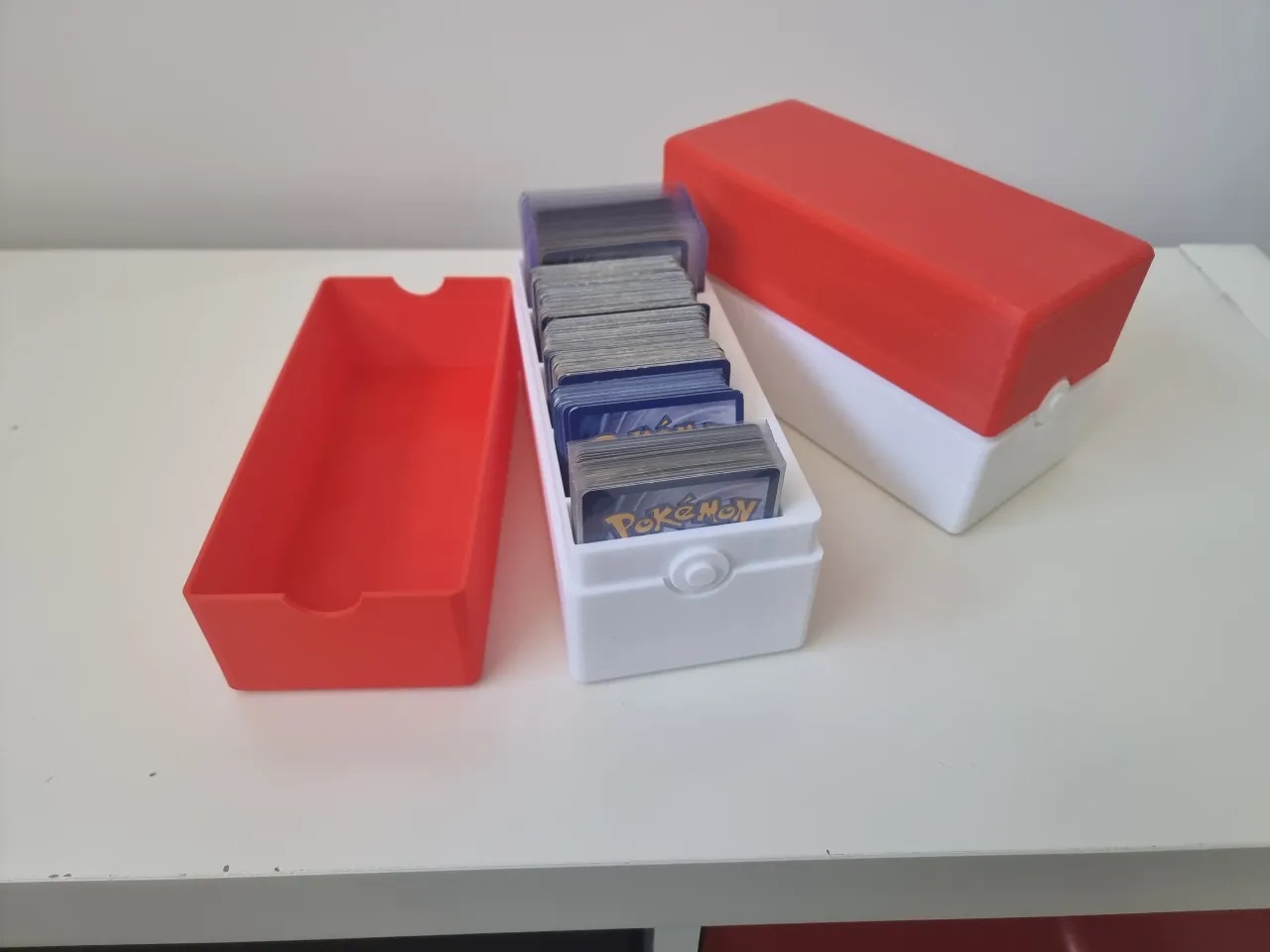
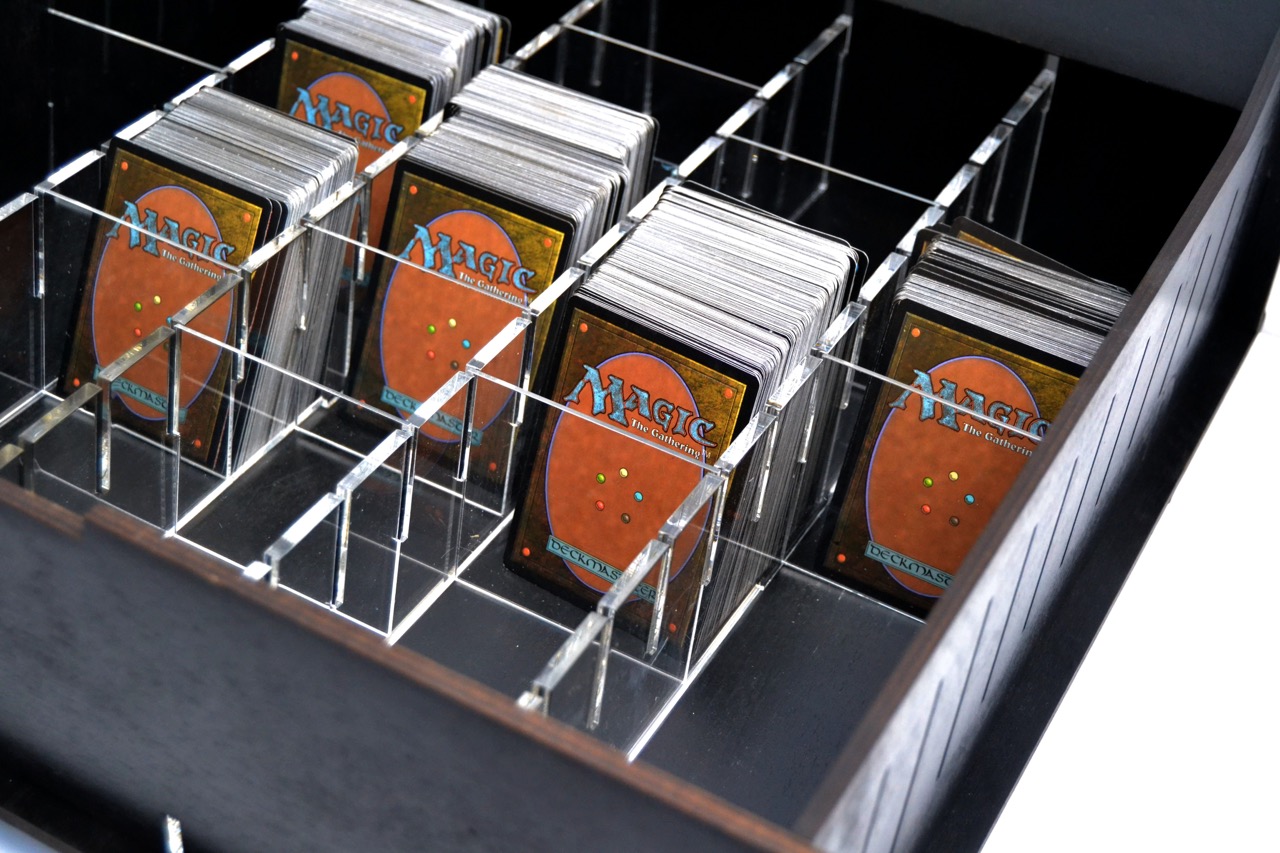
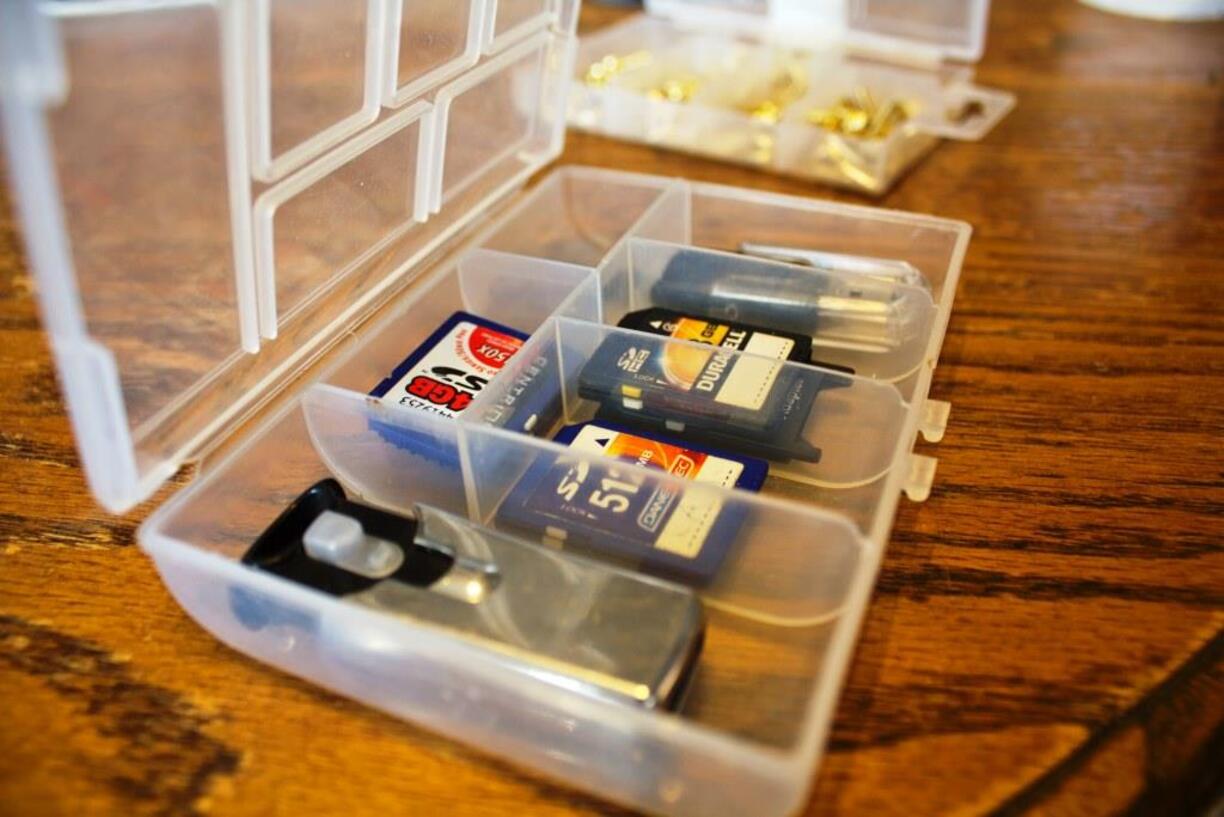

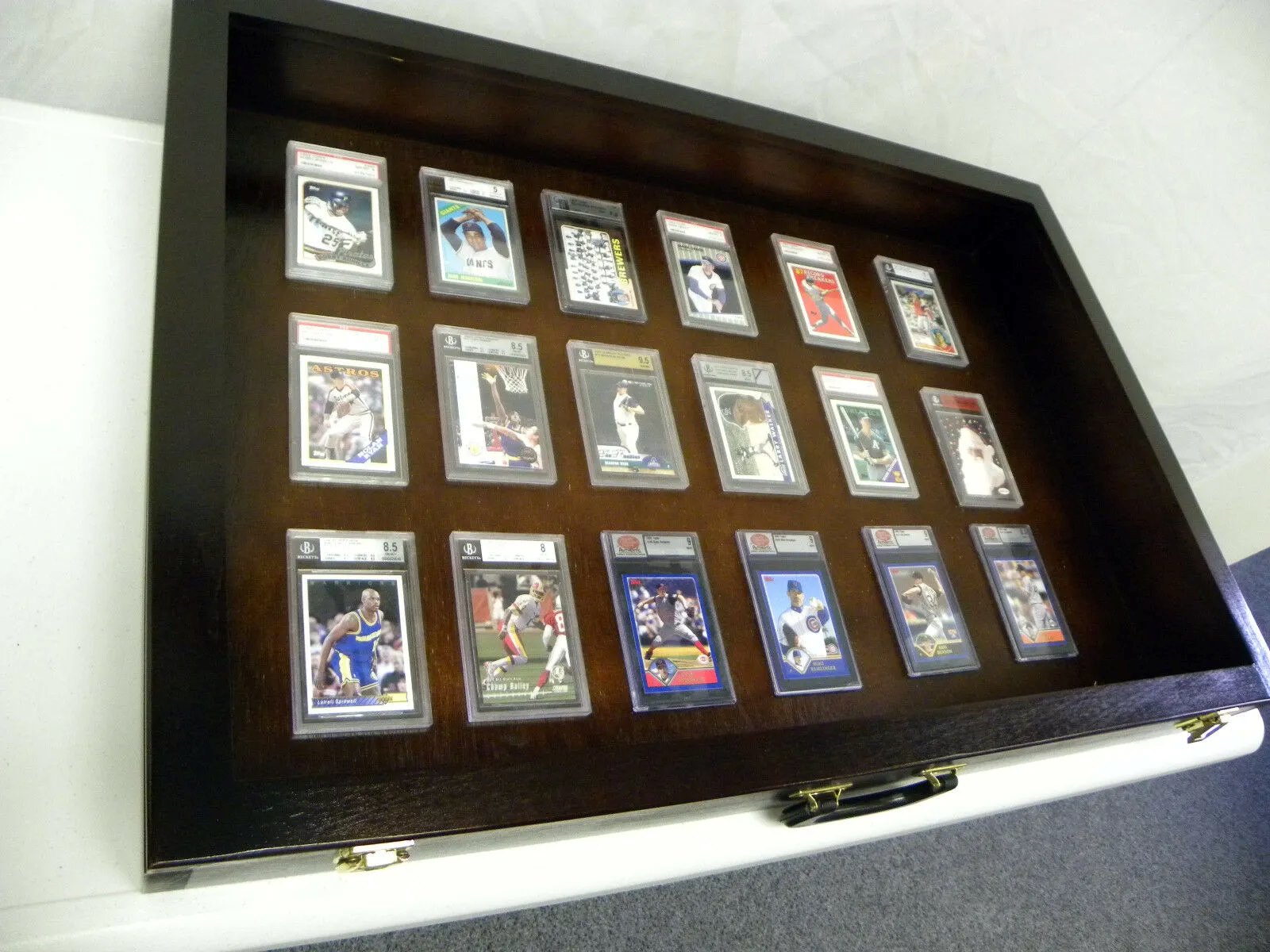
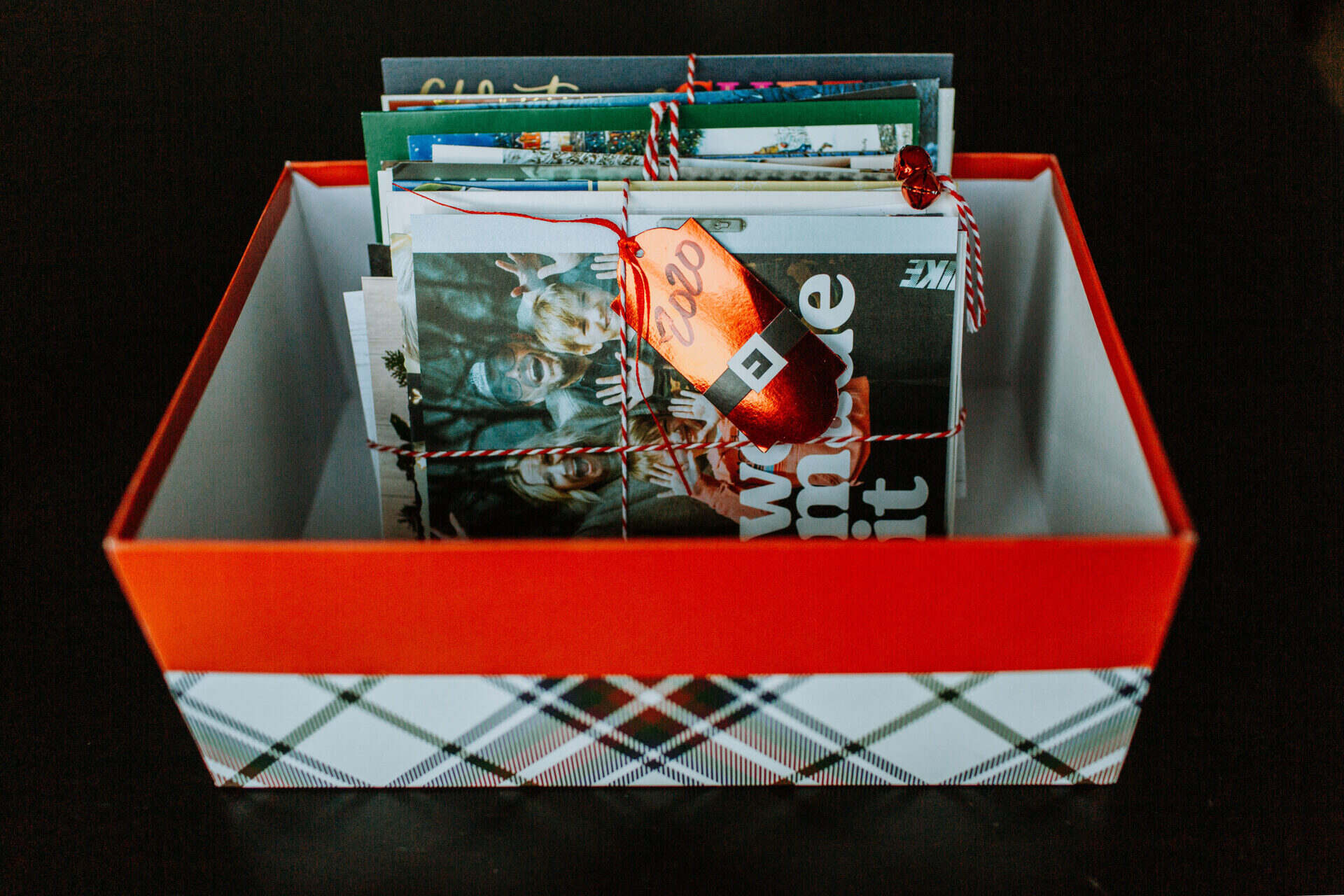

0 thoughts on “How To Store Sports Cards”